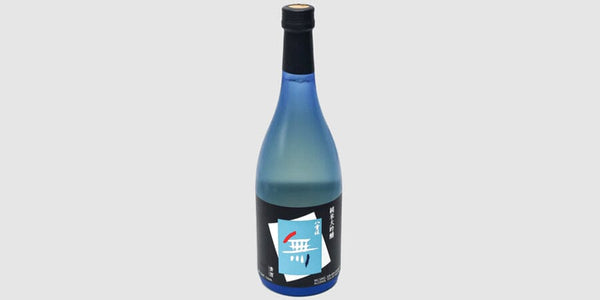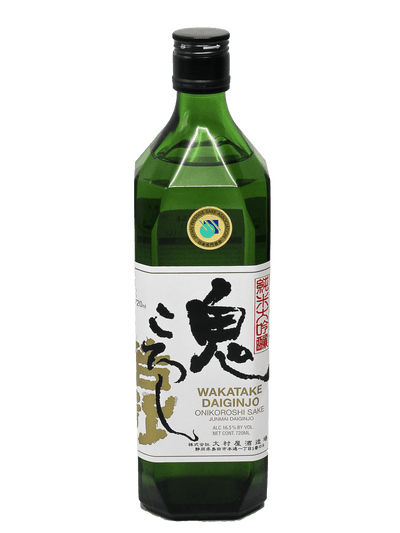Sake 101: A Primer on Rice Wine

Increasingly, sake appears side-by-side with wine on restaurant menus and in food and wine pairings. Lots of different sakes are available to order online as well; these vary in style, regional expression, and quality, very much like fine wine.
In fact, like wine, sake pairs extremely well with a variety of foods, and learning more about the rich and varied world of sake will allow the right selection. Both wine and sake enhance the taste and overall experience of meals, and this can go well beyond just Japanese food. Both also have many of the same flavor and aroma characteristics that demonstrate quality, and sake even has umami flavors lacking in wine. Sake also boasts regional distinctions, much like the concept of appellations and terroir in the wine world.
What is Sake?
Sake is a fermented alcoholic beverage made from just three ingredients: water, koji, and rice. Koji is the name for steamed rice cultivated with a fungus. This mixture contains the enzyme that breaks down rice starch into sugar, which is essential for yeast fermentation to produce alcohol and express flavor compounds. Koji provides necessary amino acids, vitamins, and lipids for the fermentation process. So, the sake makers choice of koji is very important to the qualities of the resulting sake. But so too are the quality of the water and the rice, including its variety and how polished it is.
All sake is made from polished rice. This process removes the bran, exposing the center of the rice kernel. How much the rice is polished helps determine what kind of sake will result. The polishing process is called “seimaibuai”; it’s expressed as a percentage of the weight of the milled rice versus its original, unmilled weight. Seimaibuai makes for the sake variety, with the amount of polishing determining categories like honjozo and ginjo sake. More polishing results in a more delicate rice grain, which allows sake brewers use specific techniques to achieve desired flavor, aroma, and quality results.
Sake producers are usually located near a high quality natural water supply. Since rice can easily be transported, its actually the water source that determines a great deal of a sake’s regional character. The level of water hardness and mineral content affects sake’s color and taste of sake. For example, water high in iron and manganese darkens sake and can produce off aromas. Conversely, minerals like potassium and magnesium help propagate yeast growth and aid in prolonging fermentation, resulting in higher quality sake. In Japan, each region also has its own designated varieties of sake rice. Well-known varieties include Yamadanishiki, Gohyakumangoku, Miyamanishiki, and Omachi. These regional rice varieties feature different solubility levels that, along with the water and yeast, determine the sake’s flavor characteristics.
The sake maker, or brewer, also has a huge amount of control over sake’s taste and aroma. When creating a specific kind of sake, brewers consider the requirements of the polished rice and select the yeast strain, which can alter the aroma. Likewise, the degree of koji production can make sake sweet or dry. The flavor of sake primarily comes from the base rice, which contains the starch and protein that break down throughout the brewing process. Starches convert into oligosaccharides and glucose and these sugars are made into alcohol, though some residual sugar remains. The rice proteins convert to peptides and amino acids, which influence the sake’s distinctive umami taste. In addition the sugars and amino acids transform into aroma compounds through yeast activity. The strain of yeast chosen by the brewer for fermentation greatly influences sake aroma; some can even resemble Chardonnay wine! Different yeasts will produce sweet, fruity, or floral fragrances. As a result, brewers select strains of yeast for aroma properties and pay great attention to koji production, usually in-house for higher quality sakes.
Bottle Barn has a whole section of sakes, including the Mu Junmai Daiginjyo sake, the Konteki "Tears of Dawn" Daiginjo Sake, and the Mizubasho Ginjo Sake, with 50% seimaibuai, expressing aromas and flavors of tropical fruit salad, honeyed apple, tapioca, and anise with a satiny, crisp, fruity medium body. Wine lovers, give sake a try with your next meal!


















Leave a comment